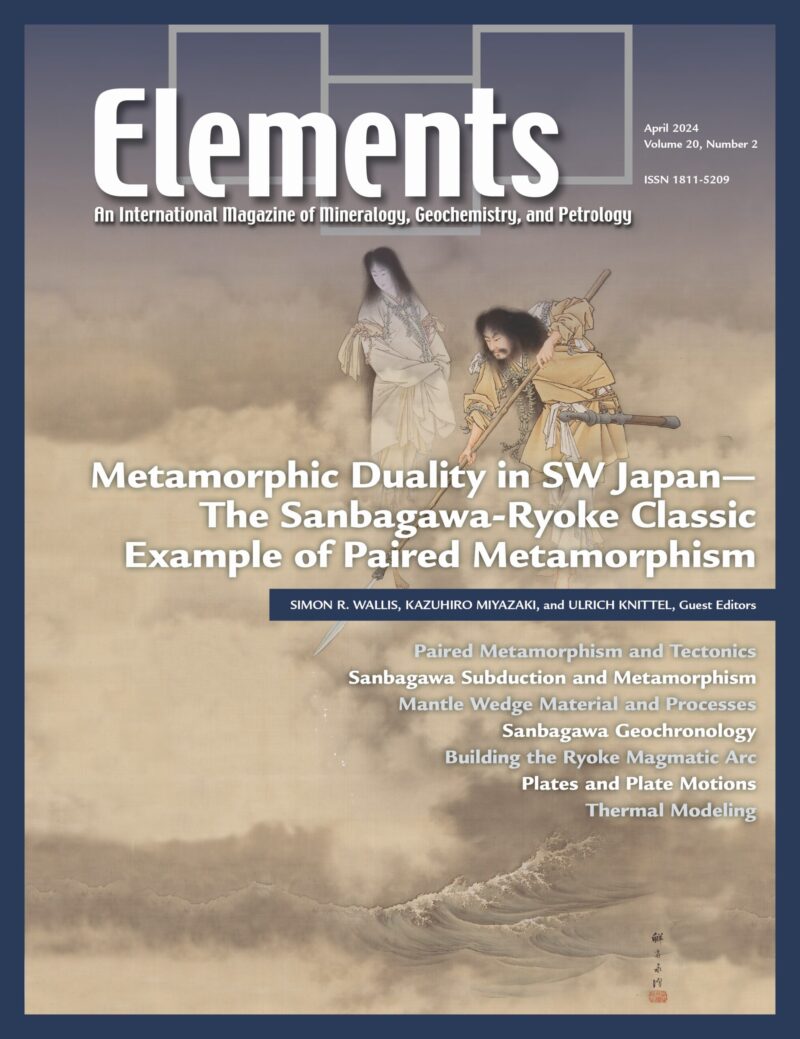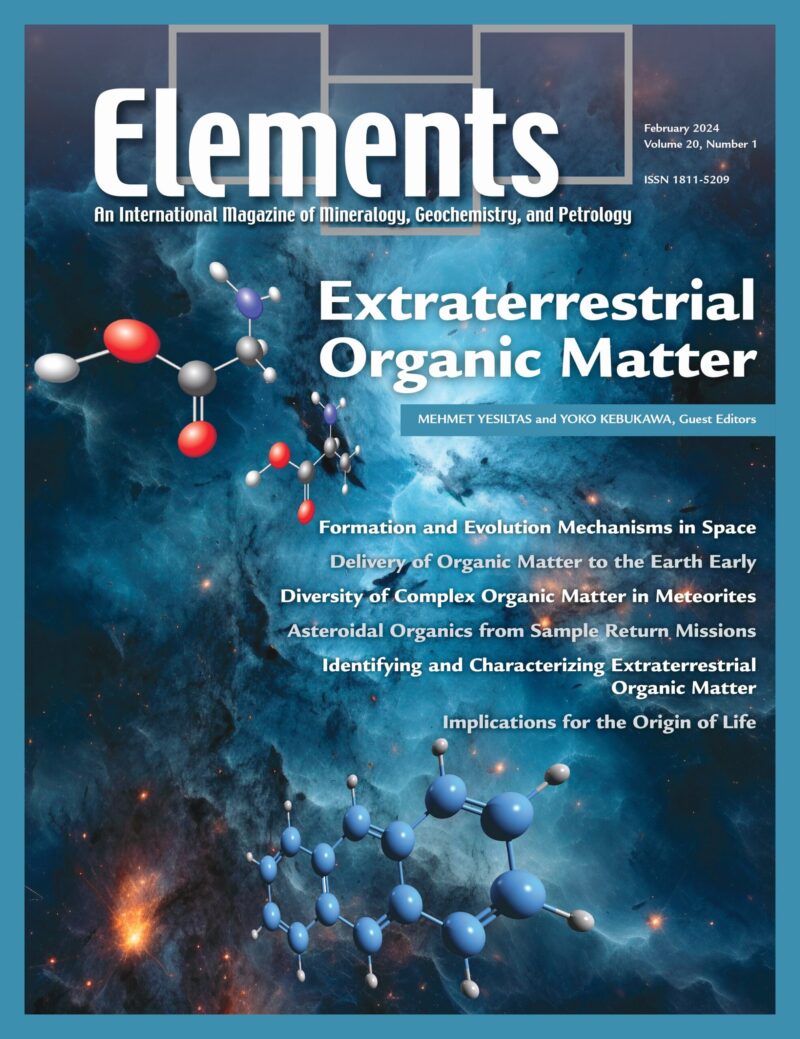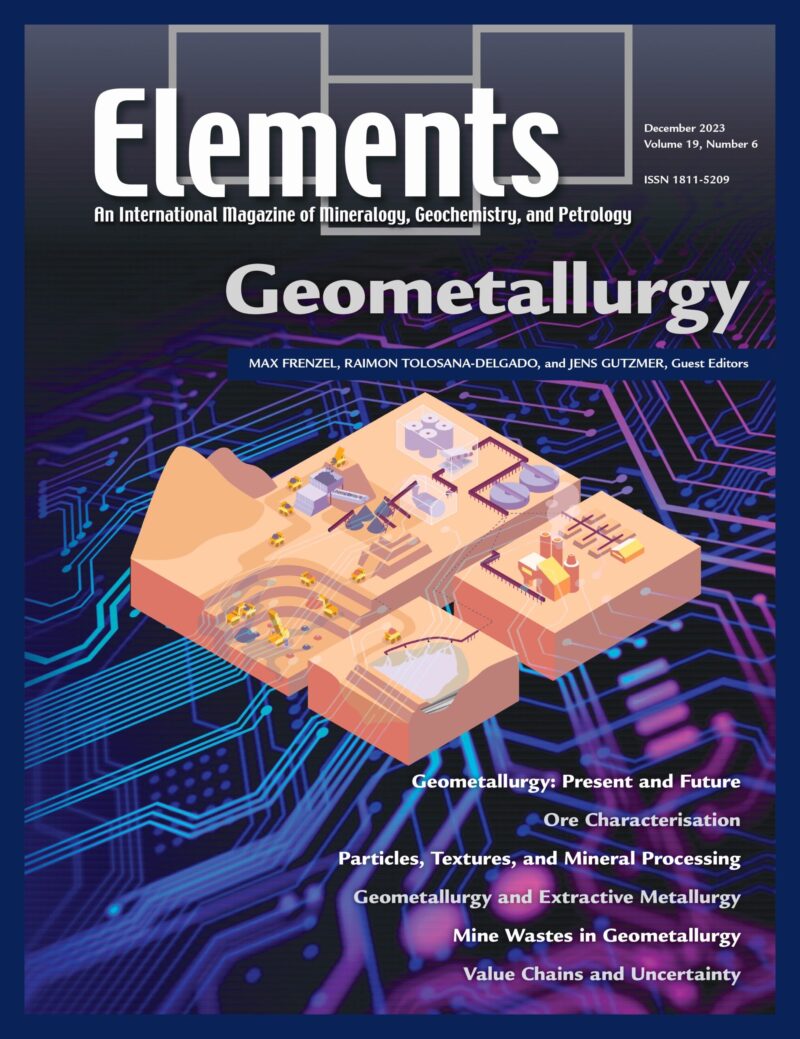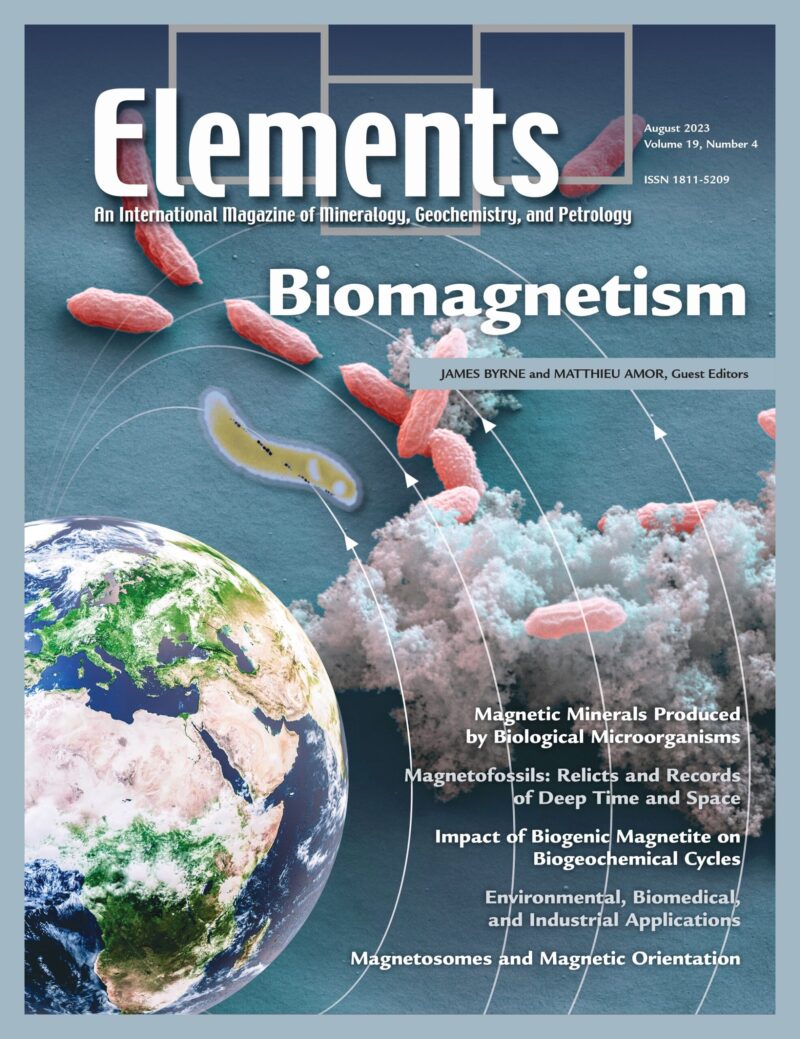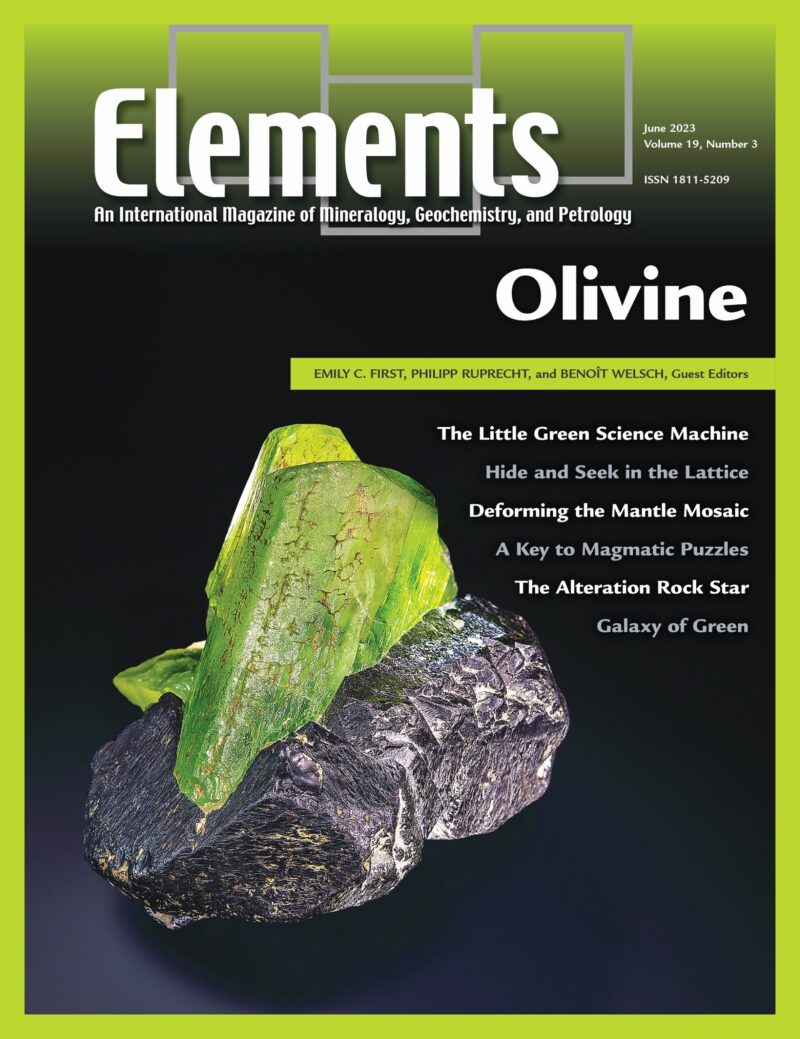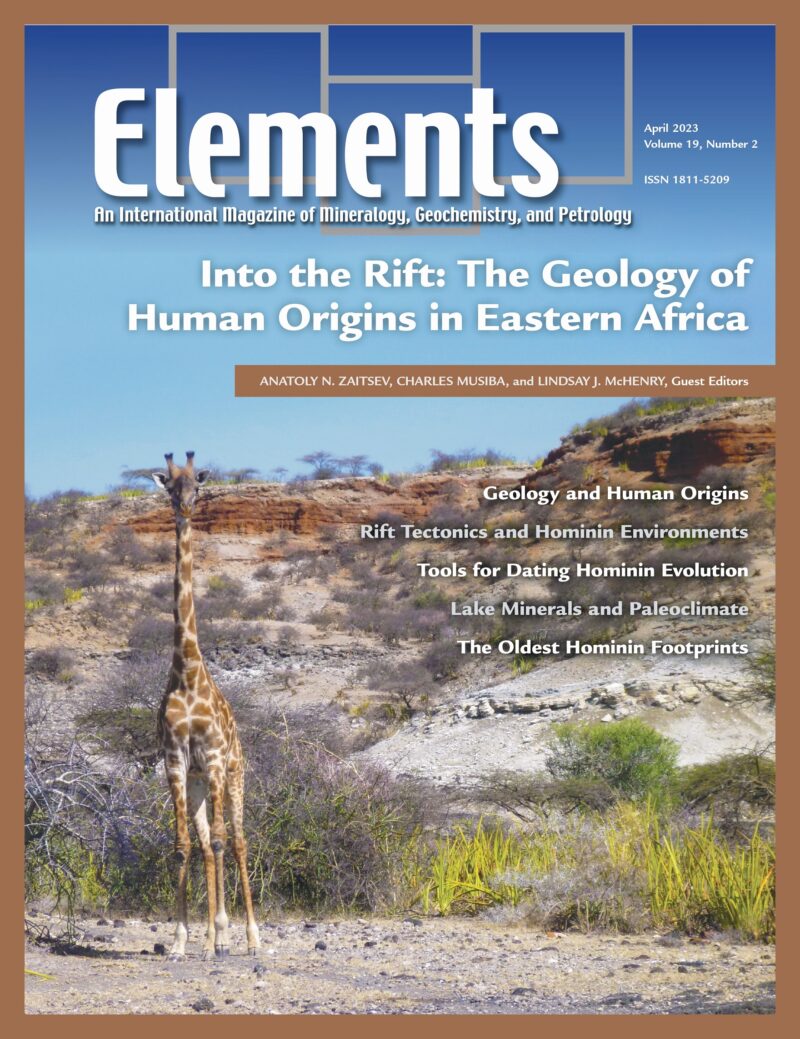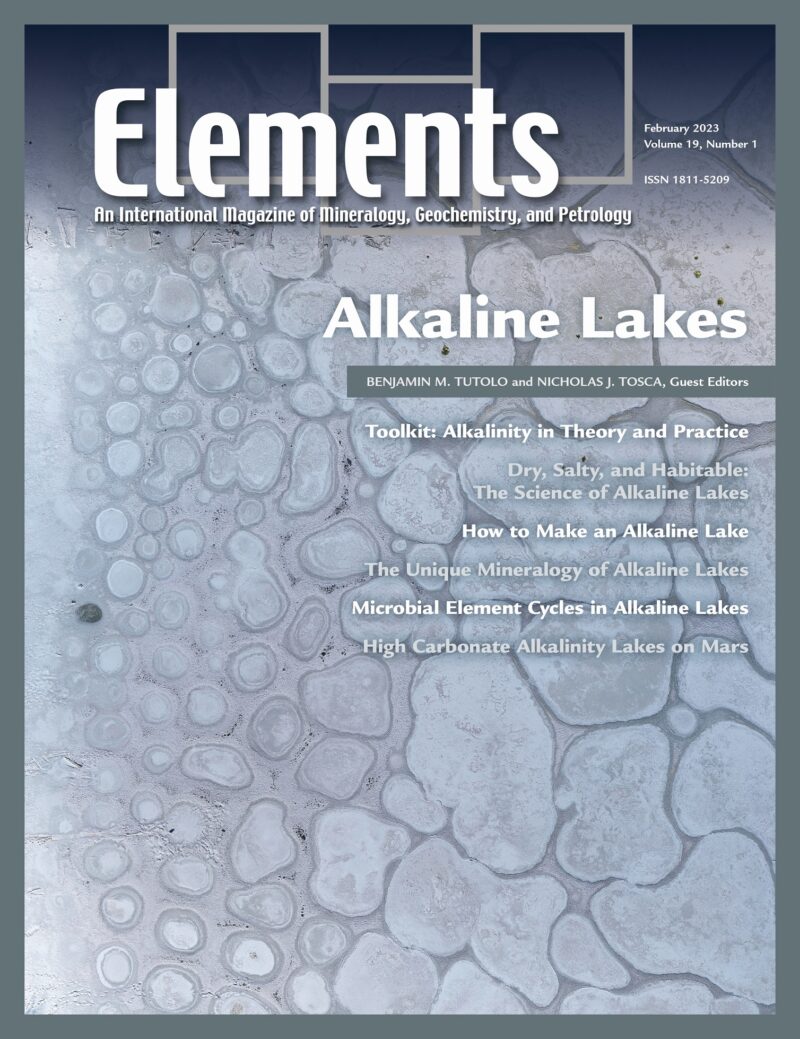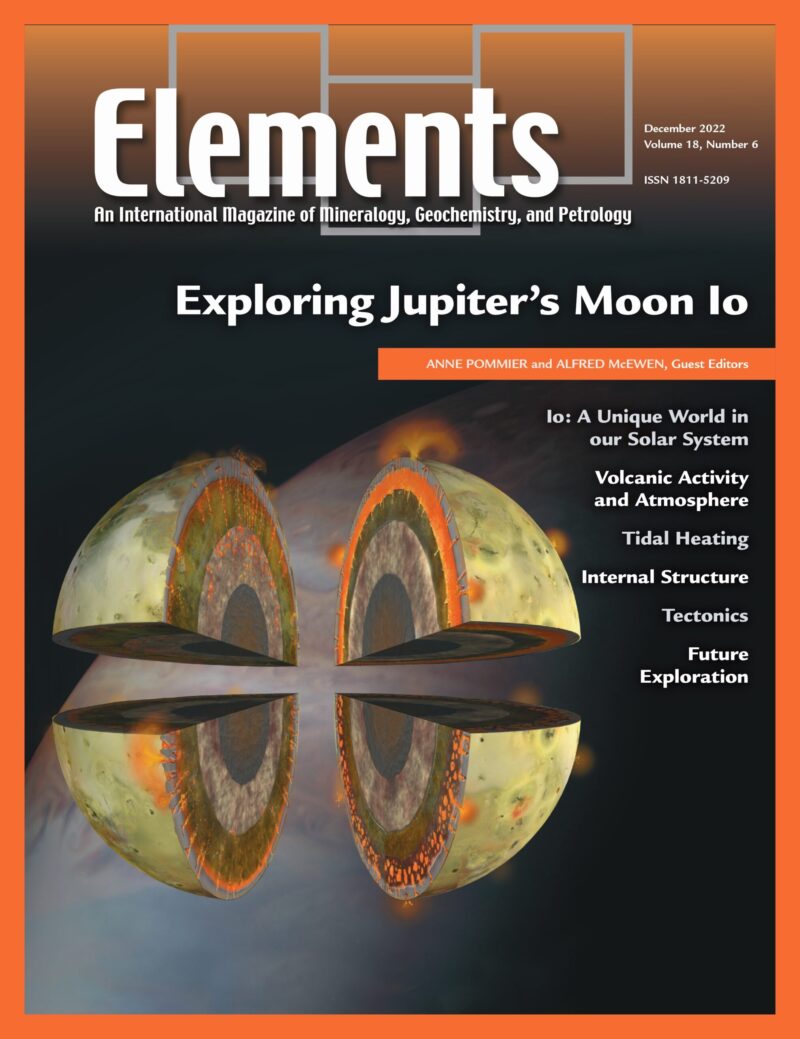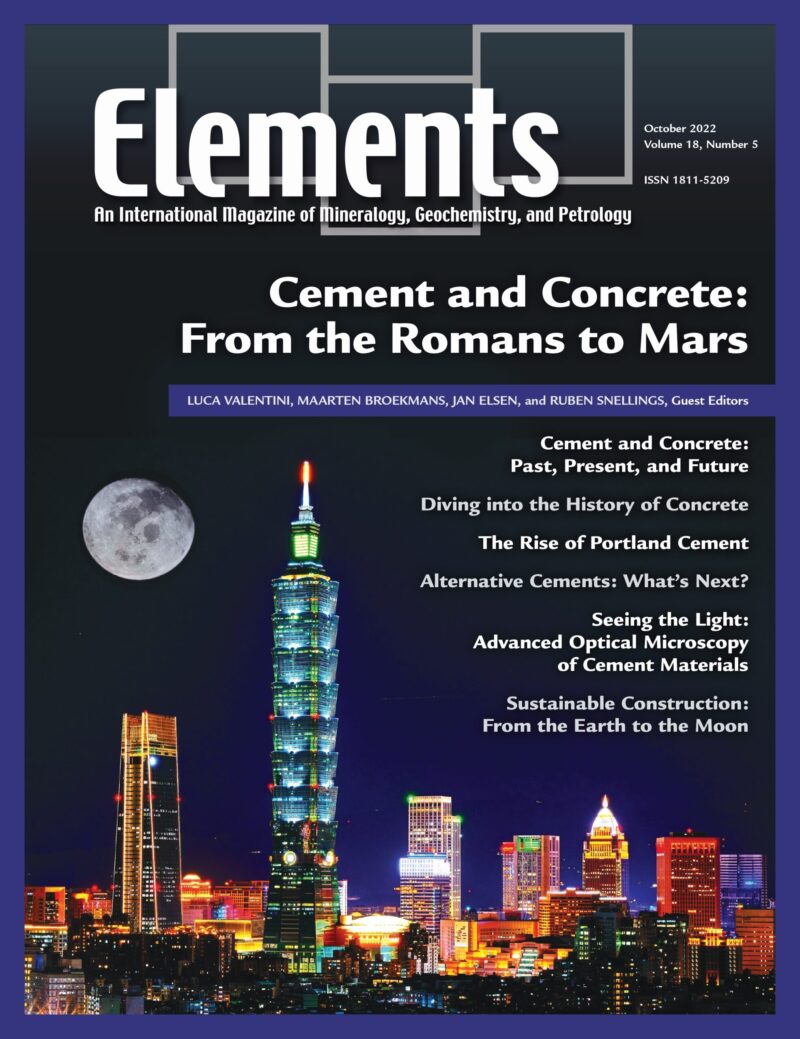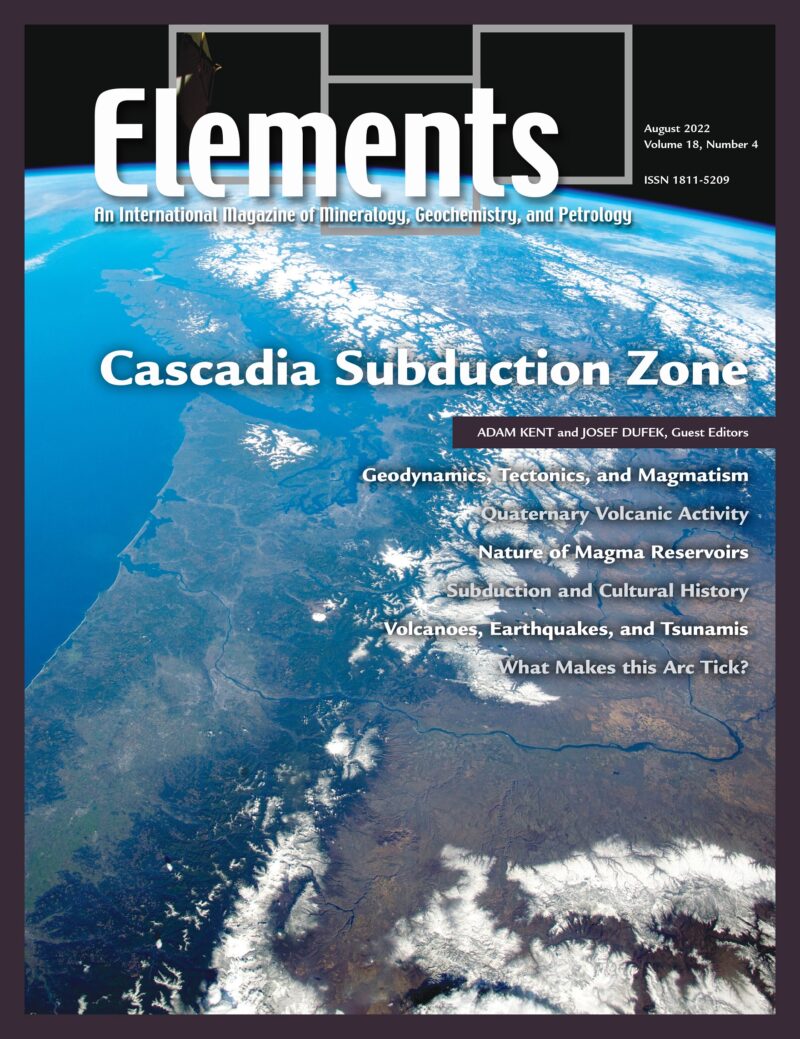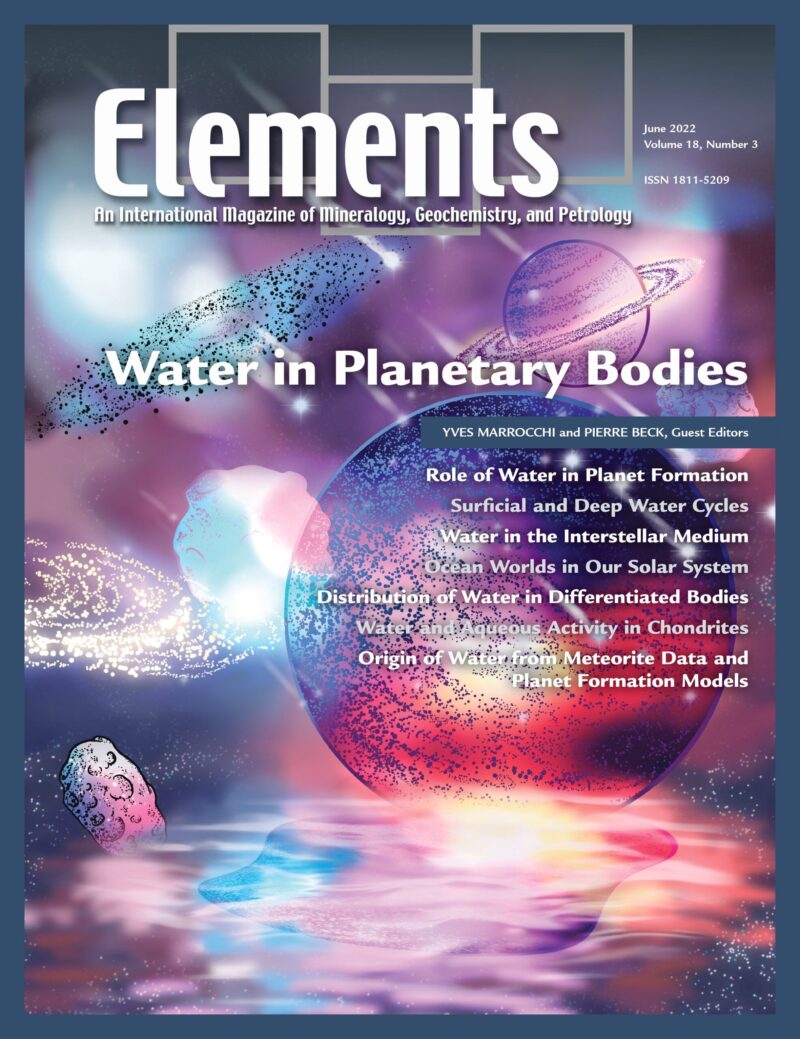-
Metamorphic Duality in SW Japan—The Sanbagawa-Ryoke Classic Example of Paired Metamorphism, April 2024, Vol. 20, No. 2
$20.00Subduction, where one plate dives beneath another, controls longterm wholeEarth cycling of rocks, fluids and energy. Plates subduct faster than they heat up, making them the coldest parts of the Earth’s interior.
-
Extraterrestrial Organic Matter, January 2024, Vol. 20, No. 1
$20.00Extraterrestrial organic matter is found in various extraterrestrial environments and in various forms. It forms in a variety of locations through different mechanisms in space.
-
Geometallurgy, December 2023, Vol. 19, No. 6
$20.00Geometallurgy is an interdisciplinary research field concerned with the planning, monitoring, and optimization of mineral resource extraction and processing. Geometallurgy requires a quantitative understanding of primary resource characteristics such as mineralogical composition and texture, the distribution and variability of these characteristics across the target ore body, and how these interact with mining and beneficiation processes.
-
Large Igneous Provinces: Versatile Drivers Of Global Change, October 2023, Vol. 19, No. 5
$20.00Earth’s history is punctuated by volcanic episodes at a scale never witnessed by humans, known as large igneous provinces (LIPs). These extraordinary volcanic and tectonic events are associated with profound changes to planet Earth, including its climate and habitability.
-
Biomagnetism, August 2023, Vol. 19, No. 4
$20.00In this thematic issue of Elements, we look into biomagnetism and the production of magnetic minerals by microorganisms. In popular culture, this may have supernatural connotations; however, in reality, there are many microscopic biological organisms possessing magnetic behaviour owing to their formation of magnetic nanoparticles (MNP) such as magnetite (Fe3O4), maghemite (γ-Fe2O3), and greigite (Fe3S4).
-
Olivine, June 2023, Vol. 19, No. 3
$20.00To study the Earth and other planetary bodies, one has to understand the mineral olivine; when and where it forms, how it crystallizes and deforms, and how it responds to changing environmental conditions in the Earth’s interior, on the surface, and in space. This issue takes a look at olivine research from the atomic scale to the Solar System and beyond.
-
Into The Rift: The Geology Of Human Origins In Eastern Africa, April 2023, Vol. 19, No. 2
$20.00Spanning from the horn of Africa down to Lake Malawi, the East African Rift preserves a plethora of paleoanthropological sites (e.g.
-
Alkaline Lakes, February 2023, Vol. 19, No. 1
$20.00Alkaline lakes are incredibly dynamic, unique, and fascinating biogeochemical environments. This thematic issue leverages the authors’ multidisciplinary insights to portray alkaline lakes’ biogeochemical, mineralogical, and geological importance for both science and society.
-
Exploring Jupiter’s Moon Io, December 2022, Vol. 18, No. 6
$20.00Jupiter’s moon Io is the best place to understand a fundamental planetary process that shaped terrestrial planets, icy ocean worlds, and extrasolar planets: tidal heating. Io is the most tidally heated world in our Solar System and may contain a magma ocean.
-
Cement And Concrete: From The Romans To Mars, October 2022, Vol. 18, No. 5
$20.00Portland cement represents an essential commodity in a developing and quickly urbanizing world. However, the downside of its popularity is a massive ecological footprint, in terms of global warming potential and consumption of mineral and water resources.
-
Cascadia Subduction Zone, August 2022, Vol. 18, No. 4
$20.00Subduction zones—some of the most active geological regions on Earth—are also home to dynamic landscapes and destructive geological events. The Cascadia subduction zone (also known as Cascadia) runs along much of the western margin of North America and occupies an influential place in the global pantheon of subduction zones.
-
Water In Planetary Bodies, June 2022, Vol. 18, No. 3
$20.00Despite being a simple molecule, water has played a key role in shaping the Solar System from the formation of early solids to the processes of planetary and moon formation. Through its astrophysical cycle, water has driven the evolution of protoplanetary disks, which, in turn, has affected the water budget of terrestrial planets and, therefore, their geological activities and habitability.

